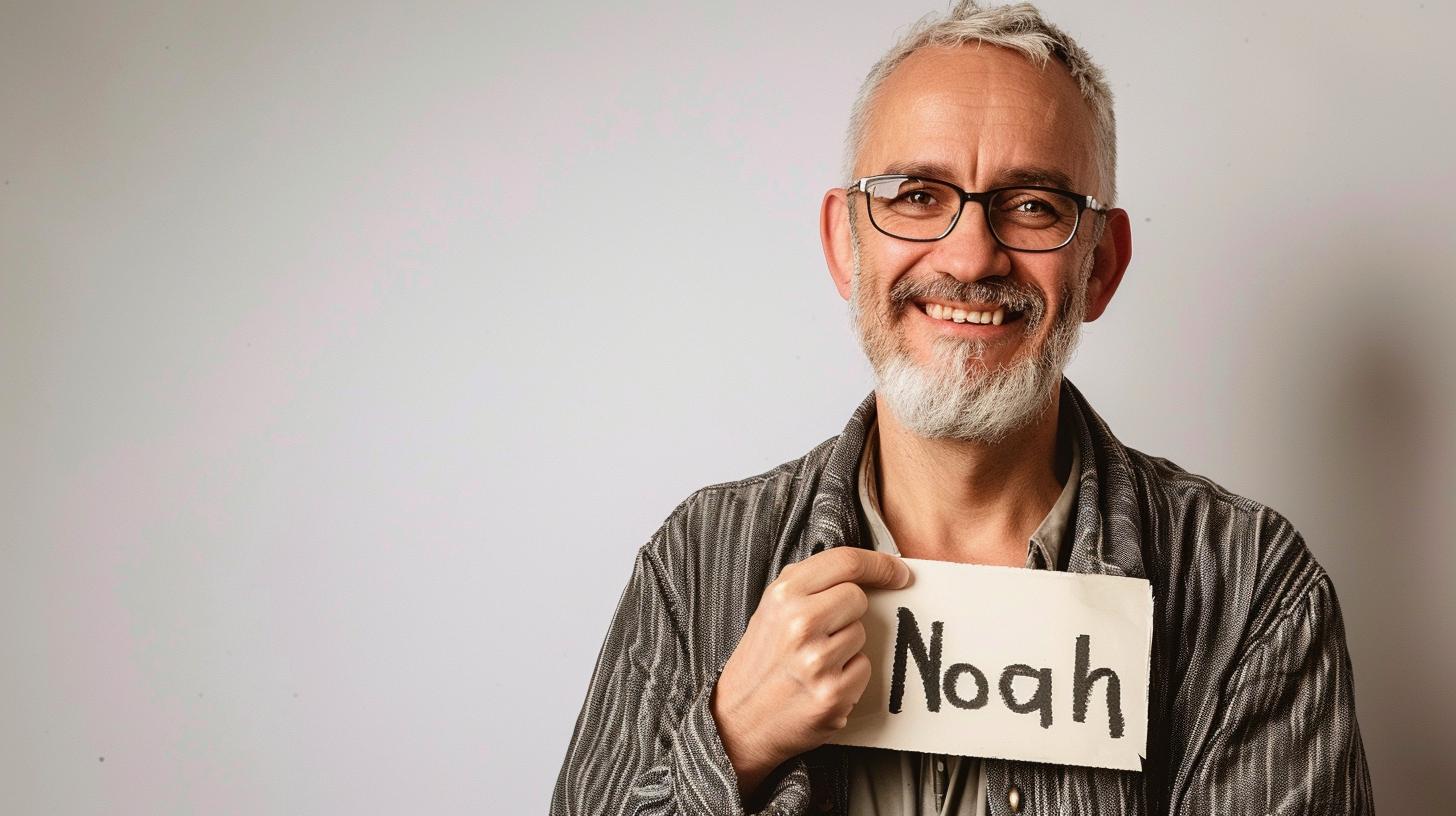Concerns have been mounting among parents regarding the appropriateness of a children's book titled Mummy Laid an Egg! by Babette Cole, which was recently included in the reading list for Year 2 students at Little Sutton Primary School in Sutton Coldfield. The book, intended to provide a humorous and imaginative explanation of reproduction, contains illustrations and content that some parents deem unsuitable for children as young as six.
One father, whose daughter is enrolled in Year 2, expressed his outrage, stating he was "more than fuming" about the inclusion of the book in the curriculum. He recounted how a WhatsApp group of concerned parents was alerted to a newsletter from the school detailing the reading materials. In his view, the illustrations—depicting characters engaging in sexual activities on skateboards and bouncy hoppers, along with explicit imagery of male and female genitalia—were particularly troubling. He argued that educating six-year-olds about sex and reproduction crosses a line, maintaining that such discussions should be reserved for older children, around Year 5.
The father also mentioned that, in response to parent feedback, the school has since pulled the book from its reading list. He noted the worries within the parent community, with many feeling a similar sense of disgust. In a further attempt to quell dissent, parents reportedly received warnings against discussing the matter in their WhatsApp group or via email, an action perceived by some as an attempt to suppress necessary dialogue regarding child education.
Mummy Laid an Egg! has sparked significant debate both in the school and beyond. While the book presents playful narratives—such as babies being found beneath rocks or delivered by dinosaurs—it also features straightforward diagrams that depict reproductive anatomy and sexual positions. The intention, as described by various commentators, is to introduce young audiences to the facts of life through humour. However, the explicit nature of some illustrations has led to diverse opinions on its suitability for very young children.
Critics have drawn comparisons to other instances in which parents found similar educational materials concerning. For instance, a mother from New Zealand expressed her bewilderment upon encountering Mummy Laid an Egg! in a doctor's waiting room, likening it to a "child-friendly Kama Sutra guide." This reaction is shared by various voices across social media platforms, where parents have been actively discussing the boundary between informative sex education and content deemed inappropriate.
In a column for The Telegraph, Lorna Bradbury highlighted the need for parents to evaluate the content of such books before introducing them to their children. She suggested that while the approach to sex education is important, it must also align with the comfort levels and maturity of the children involved. This sentiment echoes broader concerns regarding sexual education in children's literature and the complexities involved in age-appropriateness.
The controversy surrounding Mummy Laid an Egg! serves as a pertinent reminder of the ongoing debates about sex education in schools. As educators and parents grapple with how best to approach sensitive subjects, the question of when and how to introduce topics related to reproduction remains a point of contention. Many educators advocate for progressive sex education, believing it to be vital for fostering informed and healthy attitudes. However, the varying thresholds of acceptability among parents illustrate the challenge of establishing a universal standard in a diverse society.
As discussions about the curriculum continue, the Little Sutton incident reflects a broader societal dialogue about the role of parents, educators, and literary content in shaping children's understanding of important life topics.
Reference Map
1: Paragraphs 1, 2, 3, 4
2: Paragraph 2
3: Paragraph 5
4: Paragraph 6
5: Paragraph 5
6: Paragraph 6
7: Paragraph 6
Source: Noah Wire Services
